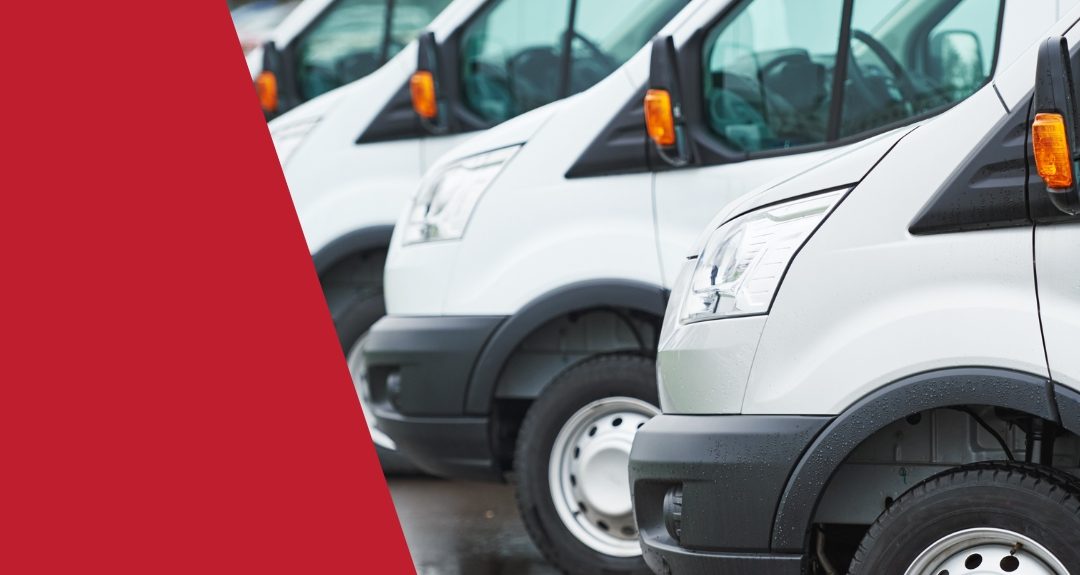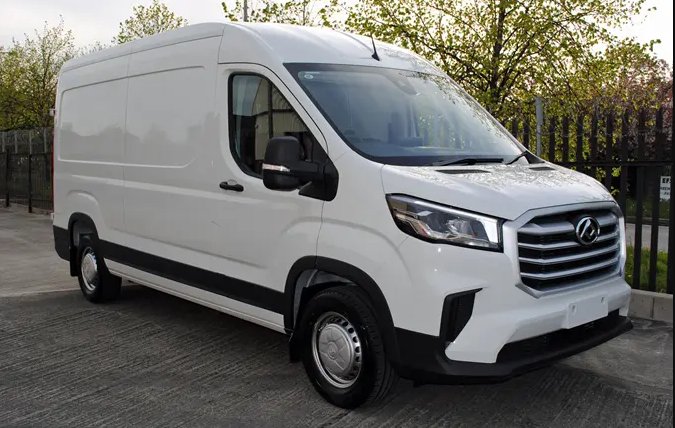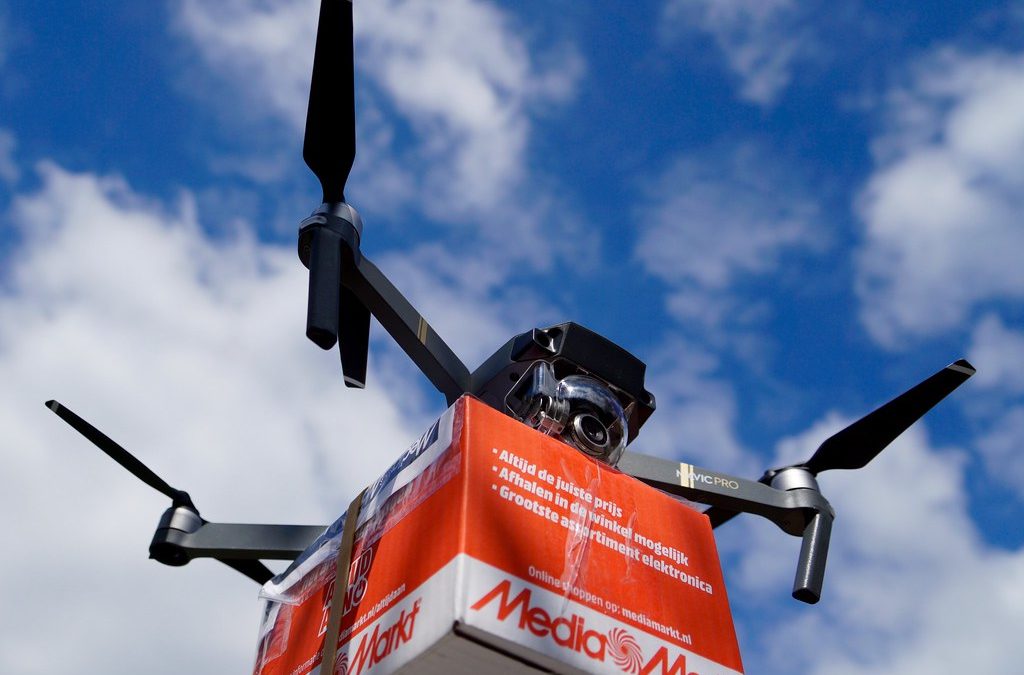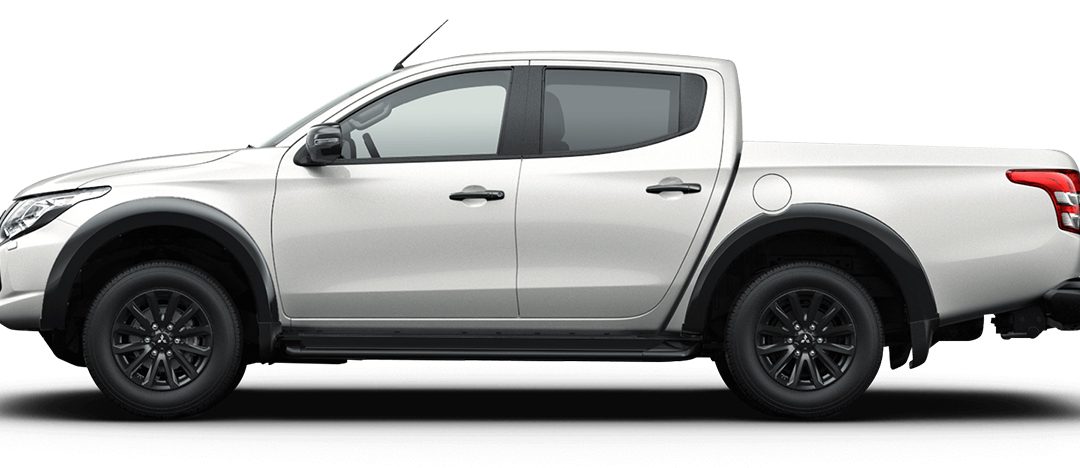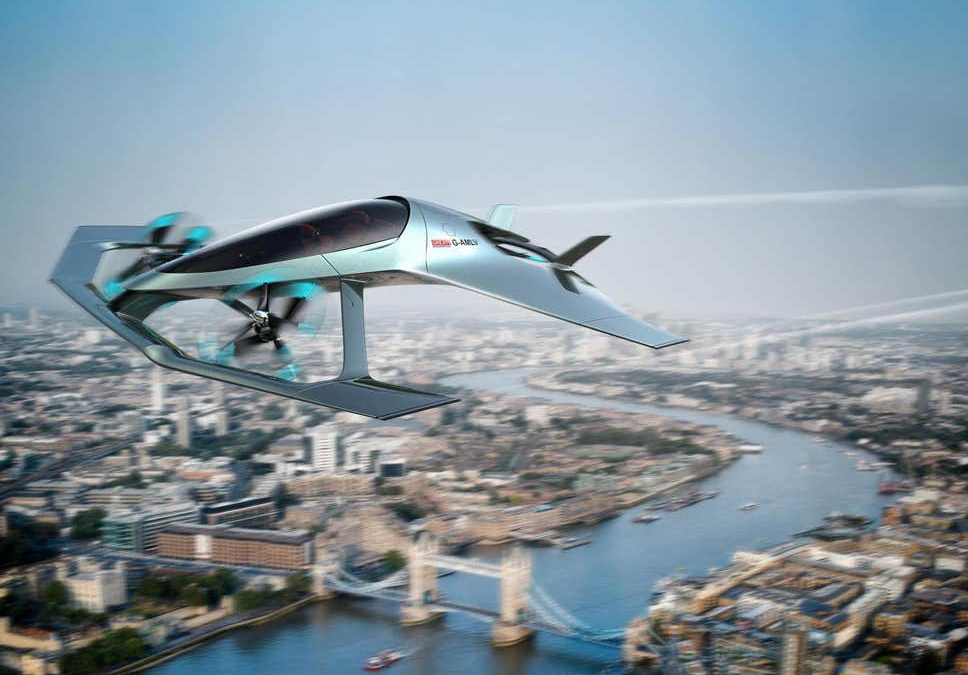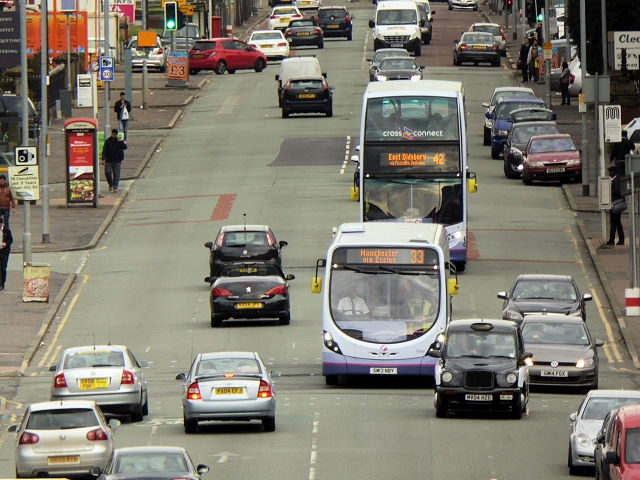
Regular Vehicle Checks – The Importance of Doing Them And Keeping Records
Regular Vehicle Checks – The Importance of Doing Them And Keeping Records
The Importance of Regular Vehicle Checks, The Consequences of Not Doing – and Record-Keeping.
There’s a big push at the moment to remind fleet managers and business owners that daily walkaround checks are not just another box to tick.
For some businesses (e.g. who run HGV or public service vehicle fleets) it is a legal requirement.
However, for businesses who simply run vans or cars as part of their day-to-day business – the regular checking of a vehicle can often be left to slide.
Now, I’m not one who likes to tell people how to suck eggs – and I’m sure this edition of the newsletter is merely preaching to converted.
But.
Ensuring a vehicle is roadworthy is a legal requirement – and should an accident occur – what do you currently have in place that proves your business was keeping on top of regularly checking the vehicle was roadworthy?
The Checks
The basic checklist is simple and self-explanatory.
Lights, tyres, brakes, mirrors, and load security all need a careful look.
The important thing is that the check is done the same way every time – and just as importantly, documented – so nothing is missed.

The Consequences
The reality is, the consequences of getting it wrong are tough.
Not only do companies face the consequences, but individuals within the company can face consequences too under the Health & Safety at Work Act as well as in fatal accidents, corporate manslaughter (against the company) and gross negligence manslaughter (against individuals).
Even on a lesser scale, consequences can be fines, delays, and the damage to your reputation if a defect leads to an accident, and the risks are clear.
It’s also worth bearing in mind, even if you just have two vehicles in your company “fleet” – you have a legal responsibility to anyone who uses your vehicles.
Keeping Records
Spotting faults is only half the job. Defects need to be written down and passed on properly.
Whilst you can use paper forms – more and more businesses are switching to digital apps – as these significantly improve the process of keeping accurate records – with them easy to use, creating a clear audit trail.
Operators must have solid systems in place to make sure defects are repaired fast, dangerous vehicles are kept off the road, and paperwork is up to date.
Whilst the apps do make things easier to record, they don’t replace the vehicle walkaround itself.
And if you run vehicles for your business, it is important you complete these checks and record them appropriately – to minimise your risk.
If you are looking to move onto a digital app, we have partners who can help provide a wide range of excellent, simple-to-use solutions that will ensure you are compliant. Please don’t hesitate to get in touch using the details below.

